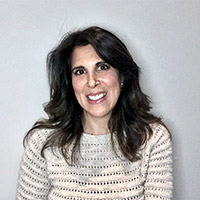ABOUT
Fitness for the Mind
l am not a neuroscientist, but I am a certified teacher (and seasoned student) in how to reset the nervous system through intentional practice. What does that mean? Basically, I train brains. As a science geek, I use research-based psychology, neurobiology, and mindfulness principles in my Wisdom On Tap® workshops. I speak regularly to private companies and first responders in crisis intervention programs. I have witnessed the profound effects mindfulness practices can have on individuals and organizations in changing how we react to stress and how we can reduce the suffering in our own heads. In the work environment, this manifests as enhanced creativity, motivation, and even company loyalty. On a personal level, this means deeper human connection, increased resilience, and less suffering from stress and life’s stressors.
I know stress intimately! I’ve been in Construction for over 25 years. As a life long artist, Co-Owner of Vallefuoco Contractors and Board Member of National Tile Contractors Association , I know the stress and responsibility of an industry made up of creative minds. I also know human suffering. In 2006, after a few health crises in my family, I began studying mindfulness and its role in helping me thrive even in difficult moments. I slowly began to bring mindfulness practices into the construction industry. In 2015, after the birth of my very special nephew, I founded Disability Inclusion Guild®, to bring mindfulness and more human connection to the disability community. My mindfulness speaking engagements and workshops have evolved over the years. I’ve spent the last decade teaching mental fitness to unsuspecting humans in various industries throughout the USA, and beyond.
MY PATH TO MINDFULNESS
My childhood was spent on both South African and American soil, and long journeys became my norm. I have lived in 2 hemispheres, on 3 continents, in 4 countries, and have followed my heart across all of them. After double majoring in Spanish and Psychology, I realized I wasn’t quite ready to go to grad school in either field. Instead, I set off on a post graduate journey to study Figurative Oil Painting in Italy. I accidentally met an Italian artisan, learned Italian, ruined my Spanish, and somehow got accepted to the Art Institute of Chicago. Art had always felt like my intended path. Then life intervened.
I got some surprising news, dragged the Italian to the USA, thwarted the Chicago dream to start a family, co-launched a tile and marble company, and eventually stumbled upon the field of Mindfulness. While I’m not writing run-on sentences, I’m creating mindfulness programs on the Art and Science Of Thriving. I now travel the country teaching Mental Fitness. I hold over a decade of experience speaking on compassionate leadership and creative mindset. I work regularly with terrifyingly intimidating executive teams who somehow always turn out to be human. When leadership is authentic, it impacts the entire workforce! I help leaders change organizational culture from within. We focus on modeling (real) vulnerability and courage within their workforce, and of course within their own lives. I speak in the private sector, to government agencies, and most often in my own head. I use a range of scientific frameworks to keep it credible and relatable.
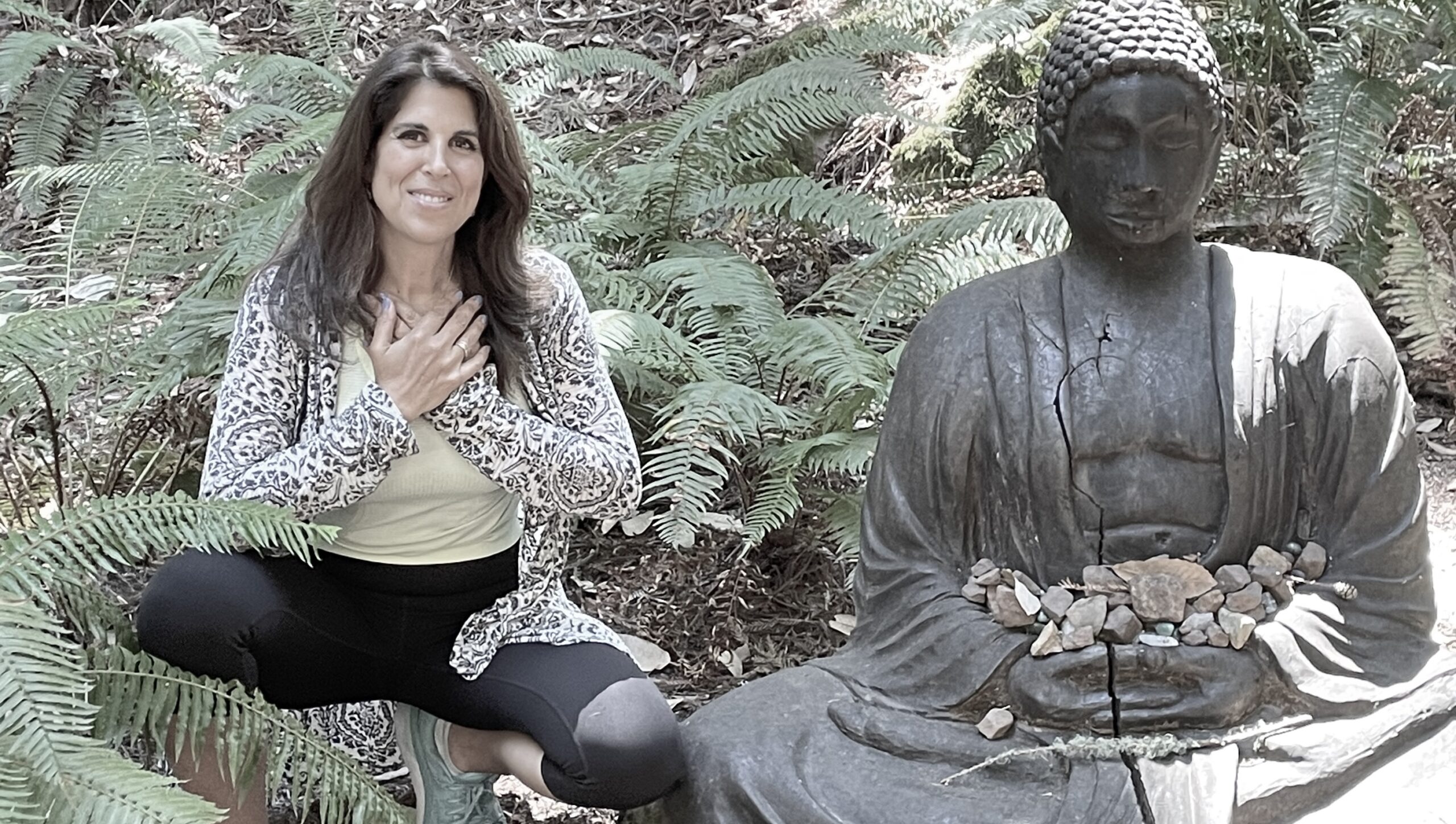
SCIENCE & SPIRITUALITY
As a lifelong student, I’ve always been fascinated by the science of contemplative practices and how science and spirituality converge. My post graduate studies include diverse ideologies and scientific disciplines. I completed my two year curriculum through UC Berkeley’s Awareness Training Institute and Greater Good Science Center with Tara Brach and Jack Kornfield, becoming an MMTCP certified mindfulness instructor. I fulfilled a 6-part certification in Interpersonal Neurobiology through UCLA’s Mindsight Institute with Dr. Dan Siegel, and completed coursework in mindful leadership through SIYLI, originally born at Google and based on neuroscience. What has impacted my life most, is my Intensive Mindful Self-Compassion training through the Center for Mindful Self Compassion with Dr. Chris Germer and Dr. Kristin Neff. I use concepts from research-based self compassion protocols in all my work, including in Crisis Intervention Training for police and first responders.
WISDOM ON TAPⓇ
My client and student base spans communities across the globe, including the workforce in law enforcement, construction, child and family services, the child judicial court system, as well as corporate executive committees, psychotherapists, corporate legal teams, non-profits, public and private schools and universities, trade associations, private companies of all sizes, the disability community, and retreat centers. Basically, I work with diverse groups of people. My events are known to evoke all kinds of tears; often cathartic ones, and sometimes those from belly-aching laughter. My method for bringing a lightheartedness to common human struggles is based on lessons from my own most imperfect moments, of which there are many. I gently weave creative mindset, art, entrepreneurship, spirituality, and science into my work. My own passion project is Disability Inclusion Guild®; a 501(c)3 dedicated to breaking social barriers for people with disabilities. I believe a conscious intention and self-compassion are the key to thriving. We each possess our own unique intuition. I call this our Wisdom On TapⓇ, and my intention is to help you connect with yours.
“To create anything, we must be intentional. Intention steers us from the heart & saves us from the ego.”
Gianna Vallefuoco
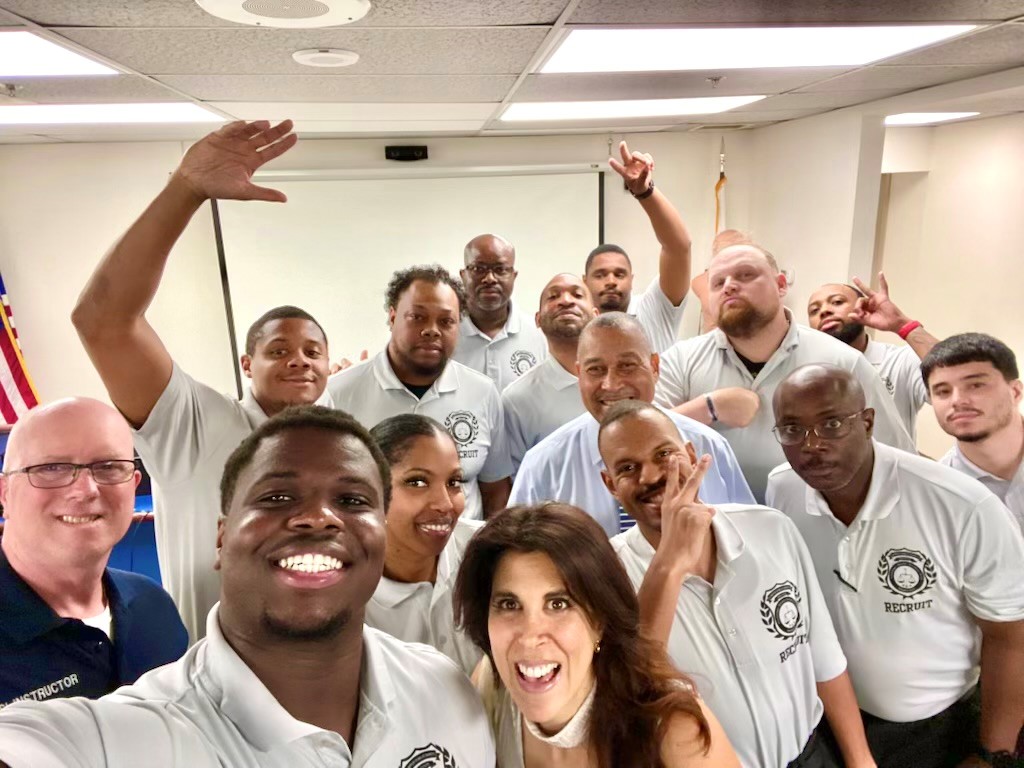
Services & Events

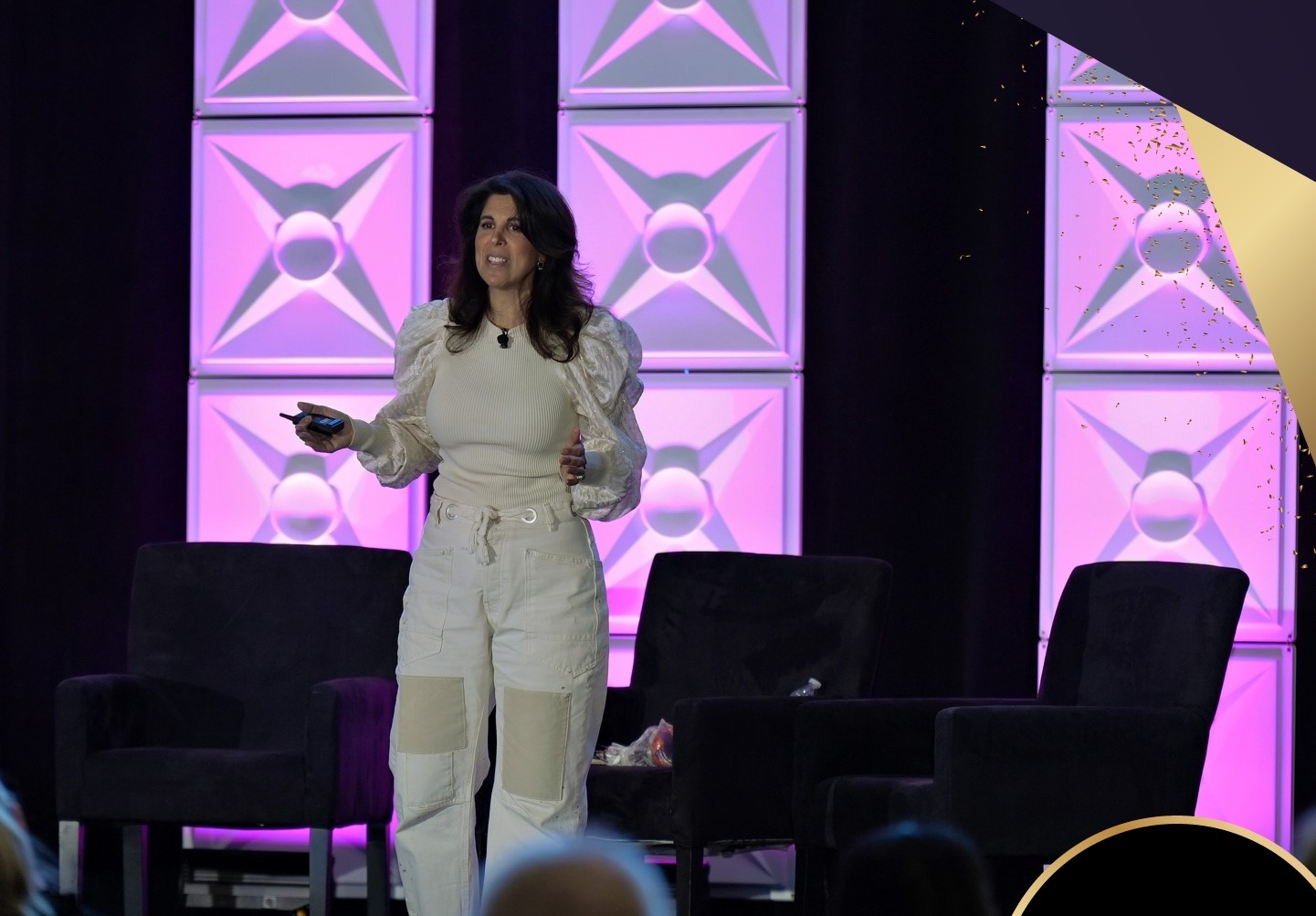
Mindfulness Workshops & Speaking Engagements
Intuitive Art & Creativity Sessions
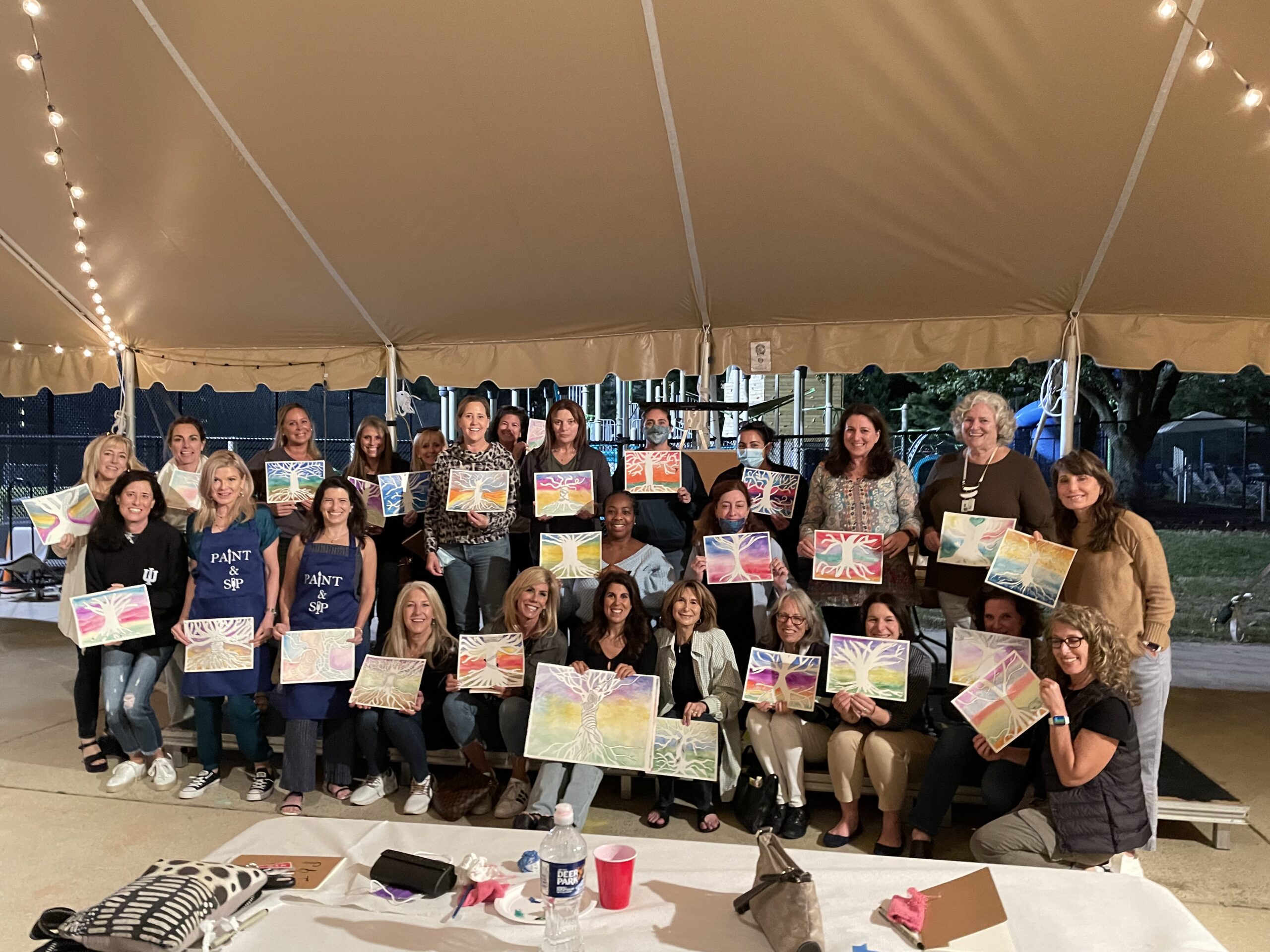
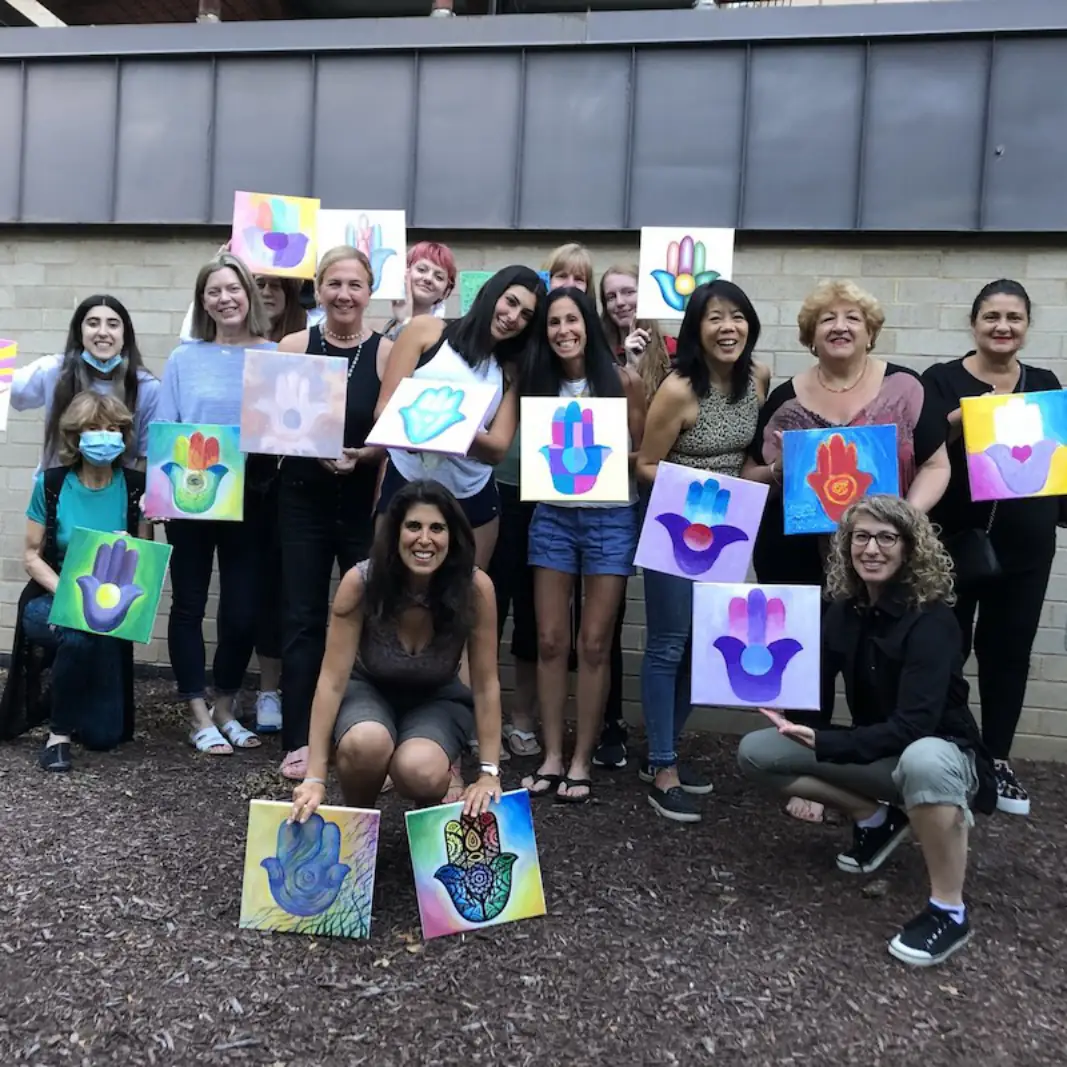
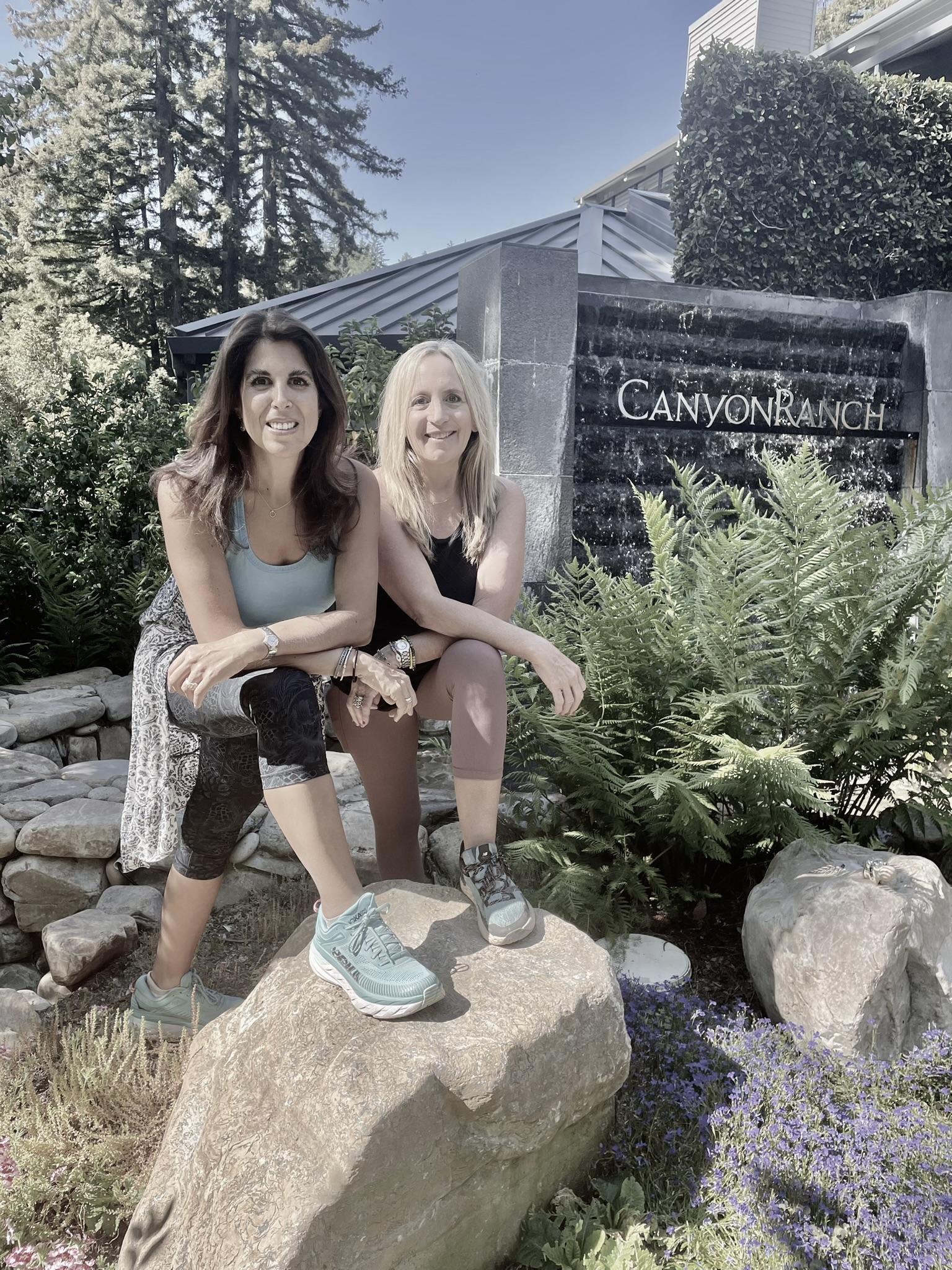
Retreats of a Lifetime
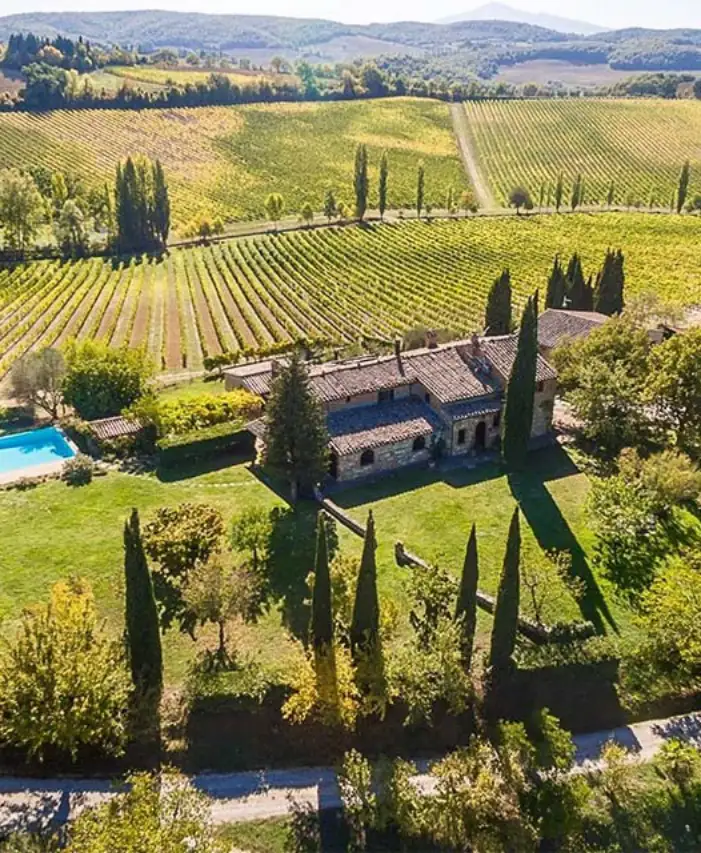
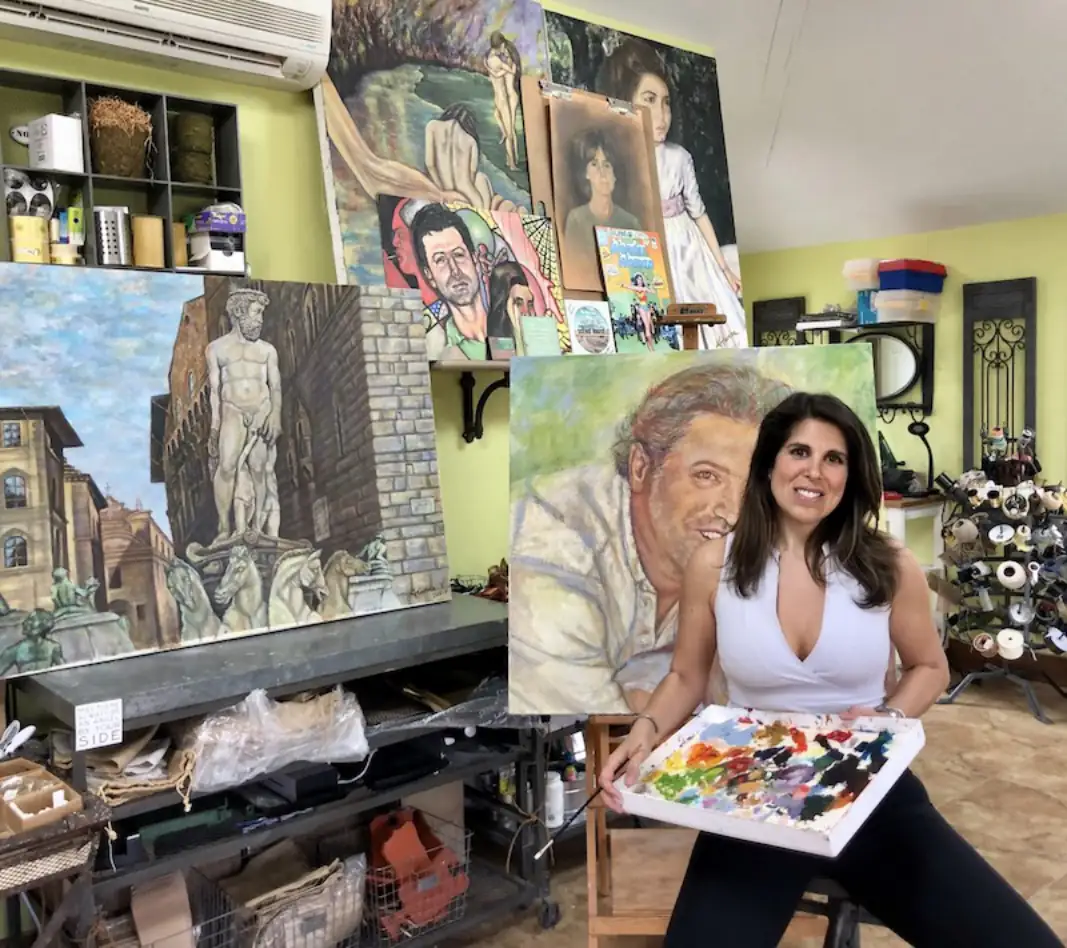
“I write all day long, mostly in my head, often in my journal. Sometimes I’m courageous enough to type my thoughts, which is probably what you’re reading. I write about mindfulness, neuroscience, construction, and how to be really good at being human. I’ve been one for over fifty years.
I’m an accidental public speaker, sharing mental fitness practices with diverse humans across the globe. Speaking and writing and overthinking are my passion.
More info about what goes on in my head (and probably yours), and the art and science of mindfulness can be found here.”
WHAT’S NEW
blog
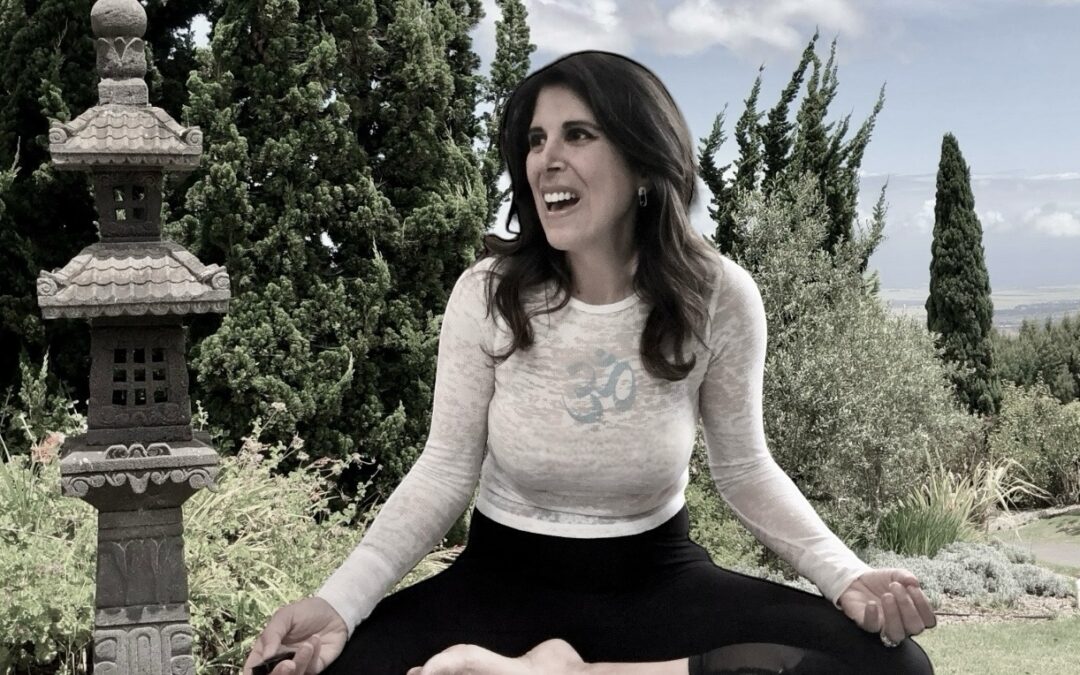
WHY CAN’T I MEDITATE?
A Worthy Question
As a meditation teacher, I hear it a lot. Usually in my own head. Here’s my answer; “Because I am alive!” Also because meditating can feel… difficult! Don’t you think? Truly, don’t you think while you meditate? I do. The good news is thinking while meditating is still meditating! Brains think, so most of us with brains find meditation challenging at first. A common myth is that meditation is the act of trying not to think. I used to think that too. Obviously while meditating. Thoughts do indeed distract us, yet the moment we notice that we are distracted, we are aware of what the mind is doing. A beautiful part of meditation is this awareness. Imagine knowing where your mind is! A giant step toward not losing our minds.
Another meditation myth is that meditation is wasted time, resulting in nothing but struggle. Several meditation skeptics have expressed to me that meditation looks like “pointless suffering.” I have news for them, it sometimes feels even worse than it looks! Fortunately, that changes with practice. Meditation as a practice is quite the opposite of pointless suffering. It has a point, and that point is found in the “suffering.” In fact, meditation is a lesson in how to suffer less in life. The suffering, in meditation and in life, is often based on resistance to our experience in the present moment. In meditation, the suffering often comes from the misconception that meditation is supposed to be an effortless stillness. When we resist having thoughts, that resistance feels highly effortful. This is because meditation is not meant to be effortful, or about the effort of resisting thoughts, distractions, or anything for that matter. It is about the effortlessness of allowing awareness to happen, or letting the stillness arise between all the normal distractions. This comes with practice. Meditation is not the absence of thoughts. It is simply a gentle training of our attention toward an anchor. It can be done walking, lying down, listening to music, or really doing anything where our awareness or attention is focused on that anchor. In a guided meditation, the guide’s voice is the anchor. Each time we get distracted, we notice it, and return to the anchor.
The Process
The anchor, or single focus, does not mean having no other thoughts or innately knowing how to enter a deep focused state. That would indeed seem difficult for any of us who are not silent monks living in the mountains. Meditation is simply this deliberate practicing of noticing what we’re noticing. It benefits all who practice, especially the most fidgety overthinkers like myself. For those of us who live amidst real life stressors like thoughts, emotions, other humans, and life’s expectations, then sitting still without our thoughts is indeed impossible. Fortunately, meditation does not require the absence of thoughts or actually any goal at all. Instead, it is based on the act of practicing. This is a big ask in a culture that often strives for an end game of perfection.
Meditation values process over outcome. It is about becoming the kind witness to your thoughts as they arise. Meditation is a practice to quiet the mind, not to suddenly enter a trance. In fact, to seasoned meditators, the “trance” is what is considered to be our warped perspective when we’re not present and connected to ourselves and others; a trance of separateness. When meditation becomes a regular practice, we learn how to move away from that separatist trance. We begin to know ourselves better, feel more compassionate and connected to others and nature, find a quieter mind, fewer thoughts, and even a calm mental state. These are natural consequences of regular meditation. This comes from practice. This is the gift behind the misconception of pointless suffering.
Curiosity
To meditate, we embrace curiosity, not judgement. We detach from outcome as best we can. We begin to observe the passing of our thoughts and emotions, so we are no longer trapped in the stories of the mind. We start to see that we are separate from the stories our minds create. We repeat this distancing process over and over. This is the practice. As we meditate, we intentionally train the brain to create a habit or reflex of a gentle single focus. The brain has the capacity to change in response to repeated experience. This ability is called neuroplasticity. The more we meditate, the more we are able to strengthen circuits in the brain to make meditation easier.
Witnessing Thoughts
In meditation we can choose an anchor, such as our breath, to be our single focus. Each time a thought arises, we can learn to release it and come back to the anchor. As we become more aware, we notice the thought arising, we can then name it, deeming it a “thought,” and releasing it. This is the ongoing process of quieting the mind, without judgement, with curiosity, and with compassion. Self compassion is an important quality of meditation. Go easy on yourself as you meditate, especially as you struggle to. The struggle is part of the process.
Remember; meditation is always a practice, and never a perfection. The most daunting meditation is often the first. The battle is to start. Once you’ve meditated even one time, you’ve begun the practice. You cannot fail at meditating. You can only fail to try.
Where To Begin
If you’re ready to start, try a meditation app like Insight Timer or Headspace or join me in this short video INTRO TO MEDITATION WITH BODY SCAN.
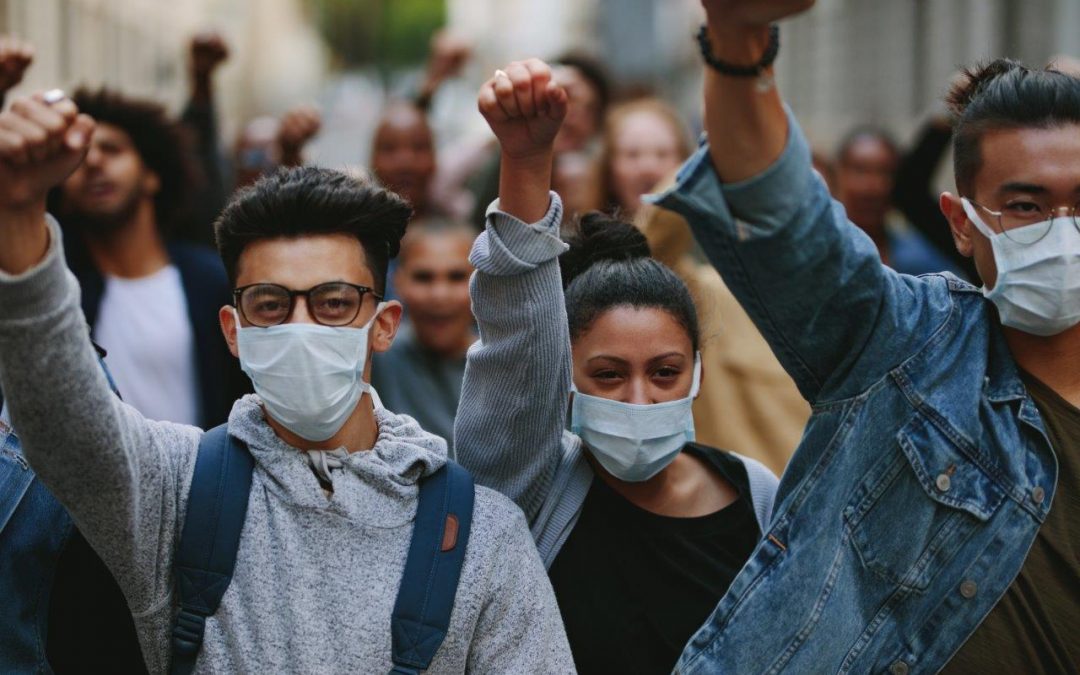
ARE WE USING COVID MASKS AS EMOTIONAL ARMOR?
How to Protect Ourselves From Fear and Anger in the Air
The new normal is full of new rituals to find relief. Removing a stiff pair of shoes after a long day at the office has been replaced with peeling off a mask after a weekly grocery run. Although most of us enjoy shedding our masks, they can offer a subtle emotional safeguard, a strange sense of anonymity and separateness.
Viral pathogens aren’t the only malady in the air. Many people are openly angry, rioting and yelling, some even publicly threatening the lives of others. It’s important to recognize that under most anger is a deep foundation of fear. To ensure we don’t inhale too much of the fear or the anger in the air, we need to find a dash of self-awareness and a hefty dose of compassion.
3 Tips for protecting yourself from anger :
- Pause before reacting
- Slow down your breath
- Focus on what unifies us as people
As a mindfulness teacher, stress reactions have always fascinated me. Many people may respond irrationally when threatened, especially if given a wall of protection. Consider road rage or unexpectedly hateful online posts. The shield of our vehicles or the virtual barrier of our social media pages becomes our safety net, allowing an audacity and disrespect that’s much less likely when face to face. This ruthlessness behind a shield is exacerbated when we’re afraid. Right now we’re terrified! For our health, our livelihoods, and our sense of control. Amidst this new uncertainty, even masks, while biologically protective, can add an extra layer of separateness.
Last week, while choosing mushrooms at the grocery store, I noticed a woman staring at me from several feet behind. She said nothing at first. Her face was masked like mine, but her eyes were enough to reveal her palpable rage. She began shouting at me angrily, “You crazy!” Before I could determine whether that was a question or a diagnosis, she got louder, mixing foreign and English words. The English was all expletives, mostly starting with f. I had no idea what I’d done to merit this woman’s outrage, as I was well beyond six feet from her. She then gestured toward a grocery cart, full of bananas, in front of me. I gently stepped aside, dumbfounded. She abruptly grabbed the cart and started shaking it, screaming harshly in her native tongue. Her words were hidden by her mask and her language, but her anger was conspicuous and sadly contagious. As she whisked away her cart, she left me with the burden of all her fury. I had now taken on her rage and my reflex was to rightfully carry it onward as my own.
Pause before Reacting
As I tried to make sense of what just transpired, her rage was now brewing within me. I noticed my heart pounding, ready to explode. My instinct was to use my adrenaline rush to chase down the banana hoarder, tackle her, and publicly declare my innocence and her wrongful attack on me. Fortunately, my mindfulness training had taught me to breathe first and react later. I took a moment to pause and reset.
Breathe
All I needed was time to find my breath, control it, and bring down my heart rate. It is near impossible to use the mind to control the mind. This is why saying “calm down” to a triggered person is so absurd and unnerving. Yet, we can use the body to control and reset our mind states. Exhale-oriented breath is the means for doing so. Extending exhales longer than inhales is the quickest way to bring the nervous system from “fight or flight” (survival) mode into “rest and digest” (thriving) mode. In my moment of being triggered in the grocery store, I instinctively began a practice I learned a decade ago in yoga, called three part breath. I followed my breath through three stages, my chest, ribs, and belly. There I stood in the organic produce aisle, eyes shut and hands on my torso, gently and loudly inhaling and then exhaling as long as I could. My favorite book on breath, Breathe To Succeed by Sandy Abrams, taught me to find my breath on command, anywhere and anytime I feel a stress trigger in my body. So I did, and with my breath, I slowly found my humanity.
Channel compassion, empathy, and gratitude
Before I took that pause, I was in the midst of an unraveling story in my head. I was an undeserving victim of an evil stranger’s outburst. Yet, after three minutes of slow breathing, I became a mere observer of my own narrative. I found perspective. I found compassion. I saw that this woman was scared, like me, and like many of us right now. Perhaps scared of getting infected by me and infecting someone she loves, someone for whom she’s baking banana bread, perhaps with chocolate chips.
I felt this stranger’s anguish, until she was no longer a stranger. She was a fellow human, just like me. A scared and similar human. I remembered what it was like to live in another country, and struggle with the language. I considered my life in Italy, before I’d learned Italian. Simple tasks like grocery shopping were truly intimidating with the language barrier. I, like her, had learned all the curse words first. I giggled to myself, noticing how predictable we humans are. We can get so deeply buried in our own stories, we fail to notice our behavior and how it may affect others. We are all others sometimes.
I wasn’t angry or scared anymore. I no longer felt wronged. I didn’t need to defend myself. And so, in that moment, I liked me. I was grateful for my pause, my breath, and for finding the space for kindness. I saw the kindness in me. I was grateful for my delayed reaction. I was grateful also for the food I was going to buy for my family and me. I was even grateful for this woman. She reminded me of my own connection to others. We all have similar instincts when threatened. The absurdity of being triggered humans.
We are all in this together. The fear and anger in the air doesn’t have to infect us. When we control our breath, we expand our reaction time. In that expanded space, we can repel the hate, and be our highest, kindest, greatest selves. The selves that we ourselves can like. We can wear our masks to separate us from pathogens, but not from human connection. We humans are interconnected, and we thrive when we feel that connection.
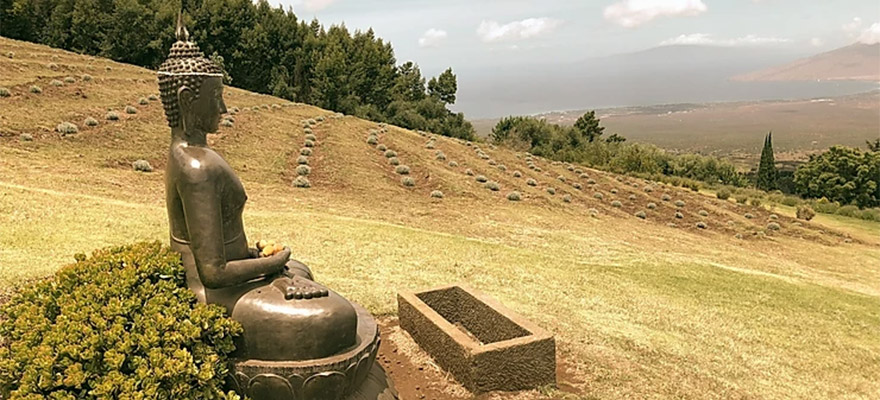
WHERE’S THE RIGHT PLACE TO MEDITATE?
WHERE’S THE RIGHT PLACE TO MEDITATE?
The obvious answer is a quiet space, but we know that isn’t always accessible. The truth is that your meditation is occuring in your mind, not your external environment. That’s also probably the least helpful answer I could give. Here’s the truth; the answer will change as your practice changes. For new meditators, I recommend finding a space where mental distractions are least likely. A place where digital devices can be turned off, other humans are unlikely to barge in, and where you can find a comfortable space to sit, assuming you seek a seated meditation. Meditations do not need to be seated. Since meditation is a deliberate training of attention, you can do it while walking, washing your hands, lying down in nature, cooking, or doing anything where you focus the mind on the sensations of the moment.
This scene of a lavender farm I visited in Maui is a beautiful space to meditate. Yet, so is my desk at my computer. The key is learning to bring the mind to a place you want to be. Yesterday, when I became agitated and overwhelmed at work because my to-do list, desk, and workload were overflowing, I realized I needed a break. My body reminded me before my mind was aware of it. I felt the shakiness within. I couldn’t tackle my work tasks because my body and mind were both fidgety. I also couldn’t just fall into a meditation because of that very fidgetiness. I knew a meditation in that moment was asking too much of my mind, so I turned inward to my body. Seated at my messy and overcluttered desk, I used my body to reset my mind. I did 3 long belly breaths until I felt slightly less shaky. I then slowed down my exhales to about 8 seconds, with inhales about 4 seconds. The breath itself was a meditation because my mind and body became aligned, focusing on the sensations of this extended exhale breathing. The extended exhales calmed my body, allowing me to prepare my mind for meditation. I began to envision the lavender farm. I did a silent meditation for a few more minutes there at my desk. Yes, I got distracted by cell phone alerts twice, but I allowed my focus to return to my Hawaiian mind-space each time. I ended up meditating for about nine minutes in my chaotic office, while visiting Hawaii for most of it. I have a mental list of my most peaceful places to bring my mind when my body has to be elsewhere. Those are my favorite places to meditate.
Make a mental list of your own peaceful mind-spaces. They don’t have to be on a lavender farm in Hawaii, as long as they bring you to a space where your own unique mind can rest.

